
Haemorrhoids - Cause, Symptoms, Home Remedies & Treatment
Updated on 02. November 2023
The topic of haemorrhoids (piles) is unpleasant for most people. There is no reason to be, because we all have haemorrhoids. They perform an important function: Together with the sphincter muscle, they seal our rectum so that no fluids or gases can escape. But what exactly are haemorrhoids? Can you really get rid of haemorrhoids in 3 days, as advertisements sometimes promise? Questions like these are answered in the following article.
A note in advance: As synonyms for the term haemorrhoids we use alternately haemorrhoids, haemorrhoidal cushions, vascular cushions and enlarged and swollen arterial blood vessels.
Haemorrhoids Brief overview:
- Causes: Heavy pressing during bowel movements, pregnancy, low-fibre diet
- Symptoms: Itching, burning, mucus
- Prevention: Healthy diet, exercise
- Treatment: Depending on the degree with medication, surgery may be necessary
Haemorrhoids causes
Advanced age and excessive straining during bowel movements due to constipation are two of the main reasons why someone develops haemorrhoidal disease. In the next section, we will look at other haemorrhoid causes and risk factors.
How do haemorrhoids develop?
What causes haemorrhoids? This question is often asked in doctors' surgeries. Doctors speak of (pathological) haemorrhoids when the vascular cushion in the rectum, which is well supplied with blood, dilates. Only so-called arterial blood vessels are affected. Doctors use this term to describe the arteries that transport blood from the heart to all parts of the body. What exactly causes haemorrhoids? The main risk factors and causes of haemorrhoids include:
- Regularly lifting or carrying heavy loads,
- Squeezing too hard during bowel movements to empty the bowel,
- Frequent diarrhoea, because this causes the sphincter muscle to no longer function 100%,
- A congenital weakness of the vascular walls. The risk of haemorrhoidal disease also increases with age,
- A sedentary lifestyle,
- Lack of exercise,
- Obesity,
- Unhealthy diet without adequate amounts of fibre,
- Haemorrhoids in women: The cause is often pregnancy.
Can haemorrhoids burst?
Haemorrhoids do not burst open like a burn blister. But what happens when these blood vessels burst open? Since the mucous membrane in the affected region is very sensitive, small tears quickly form from which blood escapes. This creates many of these openings and can lead to severe bleeding.
Haemorrhoids and pregnancy
Women have elastic connective tissue that stretches a lot during pregnancy. As a result, the anal vascular cushion can enlarge. In addition, the growing foetus presses against the internal organs. Since the intestines are particularly affected, constipation is not uncommon. Due to the increased pressure during defecation, the arterial blood vessels at the anus swell.
Haemorrhoids after childbirth
Haemorrhoids and childbirth are also related. To be more precise, haemorrhoids often occur after childbirth. According to scientific studies, almost every third woman still suffers from them eight weeks after giving birth. After six months, 13 percent of mothers complain about haemorrhoids.
Internal haemorrhoids
When a medical professional speaks of haemorrhoidal disease, he is referring to internal haemorrhoids. Internal haemorrhoids are therefore called true haemorrhoids. Internal haemorrhoids are invisible to the sufferer and can only be diagnosed by a doctor. If the pressure when pressing is too great, they emerge from the inside to the outside.
External haemorrhoids
External haemorrhoids are called false haemorrhoids. This is because they are not bulging arteries, but thromboses (blood clots) in the veins of the sphincter.
Because the haemorrhoids protrude from the anus on the outside, sufferers sometimes confuse them with internal haemorrhoids.
External haemorrhoids: What helps immediately? The same methods are used to treat external haemorrhoids or haemorrhoids on the outside of the buttocks as for true haemorrhoids.
We go into more detail in the sections "Treating haemorrhoids" and "Haemorrhoid home remedies".
What do haemorrhoids look like?
Those affected are initially unsure and wonder what haemorrhoids look like. What do haemorrhoids look like at first? The answer is simple: real haemorrhoids can neither be seen nor felt with the finger at first.
Recognise haemorrhoids
A doctor recognises haemorrhoidal disease during the examination by means of small protrusions. At first, people with the disease do not experience any symptoms at all. How do you recognise haemorrhoids, or in other words, how do you recognise haemorrhoids? Most patients have no symptoms, but they notice that something is wrong with their anus. In later stages, the blood vessels bulge outwards and can be felt as a swelling.
Haemorrhoids stages
The extent of the symptoms depends on how far the disease has progressed. For this reason, doctors divide the disease into four stages of haemorrhoids.
- Grade 1 haemorrhoids
- Grade 2 haemorrhoids
- Grade 3 haemorrhoids
- Haemorrhoids 4 degrees
Below we look at each of the haemorrhoid stages in more detail.
1st degree haemorrhoids
What does grade 1 haemorrhoidal disease mean? At first, the condition often goes unnoticed. Grade 1 haemorrhoids can neither be seen nor felt from the outside. Only a doctor can detect the enlarged vascular cushions during a proctoscopy. Doctors use the term proctoscopy to describe a haemorrhoid colonoscopy of the anal canal.
First-degree haemorrhoids usually do not cause any symptoms. Only slight traces of blood on the toilet paper indicate that the arterial blood vessels at the sphincter have changed. Some people complain of a foreign body sensation in the area of the anus.
Haemorrhoids 2nd degree
Grade 2 haemorrhoids are characterised by the fact that the enlarged vascular cushion can be felt with the fingers. The haemorrhoids emerge from the anus when the patient pushes hard during defecation and then slide back into the rectum. The sealing of the sphincter is increasingly disturbed and intestinal fluid keeps leaking out. A moist environment forms in the fold of the buttocks, which favours the colonisation of bacteria and other microorganisms.
Second-degree haemorrhoidal disease can lead to the following complaints:
Inflammation
Bleeding
[Itching]()
Burning
Pain during defecation
Weeping eczema
Secretion of mucus from the anus
A feeling that the bowel cannot be emptied completely
Haemorrhoids 3rd degree
Grade 3 haemorrhoids already develop to a considerable size. As a result, inflammation and other symptoms from haemorrhoids stage 2 continue to increase. Not only during defecation, but also during physical exertion, the haemorrhoids slide out of the anal canal and can be felt. In contrast to stage 2, they no longer retract on their own. However, you can push the enlarged blood vessels back into the anus with your fingers.
Haemorrhoids 4th degree
In contrast to the other degrees of severity, the vascular cushions can no longer be pushed back into the anus in the case of a haemorrhoid 4 degree. Often the sufferers are hardly able to control their bowel movements and there is involuntary defecation. In addition, the pain increases. Since grade 4 haemorrhoids permanently protrude from the anal canal, doctors call this a prolapse of the anus[(anal prolapse]()). At this stage, haemorrhoids can be dangerous. In general, haemorrhoids are dangerous if left untreated.
Haemorrhoids symptoms
Some of the symptoms of haemorrhoids have already been mentioned. Below we look at the most common haemorrhoid symptoms. First, a clarification: the haemorrhoid symptoms of a woman and the haemorrhoid symptoms in a man are not much different. The only real difference is haemorrhoids during pregnancy, haemorrhoids during breastfeeding and then when haemorrhoids appear after childbirth.
Haemorrhoids signs
What are the typical signs of haemorrhoids? This question is relevant in order to be able to classify the complaints correctly. In the early stages, the signs of haemorrhoids are not clear and are often hardly noticeable. That is why you should know them well. In the following, we describe the five most important signs of haemorrhoids.
Hemorrhoids bleed
The first sign of haemorrhoids is blood on the toilet paper. Many patients are concerned because blood in the stool does not only occur with haemorrhoids. Cancers also manifest themselves in the form of bleeding. So instead of haemorrhoids, there may be bowel cancer or stomach cancer. However, there is an important difference between blood in the stool in haemorrhoids and cancer: Because bleeding haemorrhoids are in the anal region, the blood has a bright red colour. It looks exactly the same as when the skin is injured.
In the case of cancer of the gastrointestinal tract, the blood mixes with the stool. This is why the stool has a dark brown to black colour. In the case of haemorrhoids, blood is found between the rectum and the sphincter muscle. The blood is only found on the outside of the stool and the anus. How long do haemorrhoids bleed? Haemorrhoid bleeding is usually weak and stops after a short time. If there is heavy bleeding that lasts for weeks or months, there is a risk of anaemia and iron deficiency.
Hemorrhoids itch
Itchy haemorrhoids are annoying and tempt you to scratch your bottom all the time. Why do haemorrhoids actually itch? The itching of haemorrhoids is related to the inflammation. When the arterial blood vessels at the anus protrude from the inside to the outside, they can easily become inflamed. One of the consequences is itching. People who have a lot of hair in the anal region or who sweat a lot suffer from anal itching particularly often. Itching often occurs when you sit for a long time.
It usually itches either externally or internally. Sometimes both come together, which puts a lot of strain on everyday working life. The itchiness of haemorrhoids can increase after a bowel movement. Why do haemorrhoids itch so badly at night that they deprive sufferers of sleep? At night, you lie in bed and relax so that your body can recover from the stresses and strains of everyday life. Because they are not distracted by external influences, many people feel more inside themselves. Haemorrhoids do not itch more at night than during the day, but you pay more attention to them.
Burning haemorrhoids
Some haemorrhoids burn after defecation. Vivid descriptions such as "my haemorrhoids burn like fire" are often heard by doctors from their patients. In addition to itching, the burning of haemorrhoids can significantly reduce the quality of life. Why do haemorrhoids burn in the first place? The reason is the same as for itching, and that is inflammation of the haemorrhoidal cushion. Burning haemorrhoids: What to do? There are well-tolerated preparations in the form of suppositories, ointments and creams as well as various home remedies to relieve the symptoms. They are explained in detail in the sections "Treating haemorrhoids" and "Haemorrhoid home remedies".
Haemorrhoids: Mucus secretions from the bowel
Sometimes people with haemorrhoidal disease find mucus in their underwear when they undress. Where does this mucus come from? It comes from the bowel. Enlarged haemorrhoids can block the sphincter and allow the secretion of fluids and stool from the rectum. Figuratively speaking, the swollen vascular pad puts a foot in the crack of the door so that the door can no longer be closed. As the name suggests, our intestinal mucosa produces a mucous secretion that ensures that the stool is able to slide. Haemorrhoidal mucus: What colour is it? The secretion can take on different shades from white to yellow to reddish brown.
Haemorrhoids can cause pain
Besides itching and burning, painful haemorrhoids are often observed. The pain of haemorrhoids occurs mainly during defecation and afterwards. Haemorrhoidal pain when sitting is caused by the pressure of the upper body on the buttocks. It is felt particularly intensely on hard surfaces. Painful haemorrhoids are only reported occasionally at the beginning. In later stages, severe pain from the haemorrhoids occurs permanently as a twinge or squeeze.
Haemorrhoids due to diarrhoea
Diarrhoea and haemorrhoids are also related. Of course, haemorrhoids do not automatically form after every diarrhoea. However, those who suffer from frequent diarrhoea are prone to haemorrhoidal disease. Why is this so? Our intestines are home to around 100 trillion bacteria, fungi and other microorganisms called the microbiome or gut flora. To put it bluntly, our own cells are clearly outnumbered by the intestinal inhabitants.
An important factor for a person's health is the interaction of the intestinal bacteria with each other. During diarrhoea, part of the vital intestinal flora is flushed out of the body. So-called putrefactive bacteria often take their place, which can lead to inflammatory reactions. Inflammation in the rectum in turn promotes the enlargement of the haemorrhoidal cushion.
There is another reason for haemorrhoids due to diarrhoea. When constant diarrhoea prevents solid stool from passing through the rectum, the sensitive closure system at the anus is disturbed. The sphincter muscle relaxes and slackens due to the lack of exercise during bowel movements. To compensate for this effect, the vascular cushion in the rectum expands.
Are haemorrhoids contagious?
Some sufferers wonder if haemorrhoids could be contagious. Since blood and intestinal fluid leak out, they fear that transmission takes place in this way. Is this a justified concern? Basically, haemorrhoidal disease is not contagious. We have described the risk factors and causes that lead to an enlarged vascular cushion in the sections on "How haemorrhoids develop" and "Haemorrhoids and pregnancy". A risk of infection between different people does not fall under this.
Haemorrhoids home remedy
There are many tips on the internet about home remedies for haemorrhoids. These include:
- Haemorrhoid home remedy honey
- Haemorrhoid home remedy banana
- Hemorrhoid home remedy apple cider vinegar
- Haemorrhoids home remedy coconut oil
Can home remedies actually reduce the size of haemorrhoids or make them disappear altogether? In this section, we take a closer look at the main haemorrhoid home remedies and discuss their effectiveness.
Sitz bath haemorrhoids
Some sufferers swear by sitz baths to improve their haemorrhoid symptoms. As the name suggests, only the lower body and legs are in the water during a haemorrhoid sitz bath. The chest and arms stick out of the water. The bathtub is suitable for a sitz bath for haemorrhoids if it is only partly filled with water. If you want to make it easier, you can buy a special sitz bath.
For the sitz bath, choose a temperature of 37 degrees (body temperature) and stay in the tub for between 10 and 15 minutes. For the rising sitz bath, the temperature is gradually raised to 40 degrees by repeatedly adding hot water. The application time is also 10 to 15 minutes. For the sitz bath, either clear water is used or a herbal remedy is added.
Frequently used are:
Arnica
Witch hazel[(Hamamelis]())
Camomile
Tea tree oil
Oak bark
Sitz baths have a pleasantly relaxing effect. Whether they also have an effect on haemorrhoids has not yet been proven. A hay-flower sitz bath is not suitable for haemorrhoids.
Haemorrhoids suppository
To alleviate typical symptoms such as itching, burning and oozing in the early stages, many sufferers use suppositories against haemorrhoids. They have an anti-inflammatory, drying and pain-relieving effect. They often also contain substances that disinfect the enlarged vascular cushion and cause the blood vessels to constrict.
Pharmacies sell haemorrhoid suppositories with cortisone and with the painkiller lidocaine. Can suppositories reduce haemorrhoids? The suppositories only relieve the symptoms. Suppositories alone will not cure haemorrhoids. It is best to use suppositories for haemorrhoids after having a bowel movement and before going to bed.
The suppository should not be inserted too deeply. It is sufficient if the first or second finger limb enters the anus. The suppository slowly dissolves due to the body heat and continuously releases the active substances to the diseased vascular cushion. It is not advisable to use a lubricant or cream to make it easier to insert the suppository. This can lead to an altered release of the ingredients.
Does tea tree oil shrink haemorrhoids?
Tea tree oil is often used for inflammatory diseases. No wonder that this household remedy enjoys great popularity. The oil contains numerous dissolved substances that have a disinfecting and anti-inflammatory effect. Can tea tree oil actually reduce haemorrhoids? All the ingredients work exclusively against the symptoms.
For this reason, tea tree oil for haemorrhoids should only be used to support and alleviate the symptoms. There are reports on the internet from users who have had positive experiences with it. Under no circumstances should you apply tea tree oil undiluted, as it burns unpleasantly in sensitive areas such as the anus. If you want to apply tea tree oil to haemorrhoids, it is best to proceed as follows:
- Drop a few drops of tea tree oil into a glass of water and stir with a spoon.
- Then add a compress to this mixture.
- Apply the wet compress to the anus for 20 to 30 minutes.
Instead of using a compress, you can do sitz baths with tea tree oil.
Push back haemorrhoids
As explained above, under certain conditions, Grade 2, 3 and 4 haemorrhoids emerge from the anal canal and can be palpated at the anus. Only the enlarged blood vessels of grade 2 automatically slide back into the rectum. In stage 3, the haemorrhoids can be pushed back themselves. Swollen 4th degree blood vessels remain permanently outside the anal canal and can no longer be pushed back with the finger.
But how do you push the haemorrhoids back? You hold a cotton handkerchief or a clean flannel under the tap until it is completely wet with water. Instead of water, you can also wrap ice cubes in the handkerchief. Then place the cloth on the anal region and press gently with the fingers of one hand. Haemorrhoids can be pushed back in the same way after childbirth.
Massage away haemorrhoids
As an alternative to the above method of pushing back, you can gently massage the haemorrhoids. If one feels a hemorrhoid that has come out, it is best to proceed as follows: The hands are washed with tap water and not dried. Then gently massage the anal region with the extended index finger, middle finger and ring finger of one hand while relaxing the sphincter muscle. After a short time, the haemorrhoids will retract and can no longer be felt. If it does, massage it again.
Diet for haemorrhoids
Fast food and other processed food - recognisable by the E-numbers on the packaging - favour the colonisation of pathogenic bacteria in the intestine. As already explained in the section "Haemorrhoids due to diarrhoea", this increases the risk of inflammatory diseases such as haemorrhoidal disease. What is the right haemorrhoid diet? A diet rich in fibre is the motto. Instead of bread and pasta made from white flour, it is better to eat whole grains.
Fresh fruit, vegetables and pulses should also be on the menu. But be careful: If you abruptly switch from a low-fibre to a high-fibre diet, you may experience intestinal problems. If you want to prevent haemorrhoids and their development with your diet, you should not forget prebiotics. Prebiotics are fermented foods that ensure that health-promoting bacteria multiply in our intestines.
These include:
Sauerkraut
Kefir
Kombucha
Miso
Natural yoghurt
Buttermilk
Apple cider vinegar
It is also important to drink enough fluids and to ensure adequate exercise for haemorrhoids. Two to 2.5 litres of water and unsweetened tea are obligatory.
Remove haemorrhoids yourself
Only a doctor is allowed to remove haemorrhoids. With the home remedies mentioned, you can reduce your discomfort and thus increase your quality of life. In the following section, we will discuss how haemorrhoids can be removed.
Haemorrhoids, which doctor helps?
One of the first contacts for diseases such as haemorrhoids is the family doctor. Which doctor is a designated specialist for haemorrhoids? A proctologist is an expert in diseases of the rectum and haemorrhoids. You can also see a specialist in gastrointestinal diseases (gastroenterologist). A gastroenterologist is not a special doctor for haemorrhoids. Nevertheless, he is familiar with diseases of the rectum.
Treat haemorrhoids
If there is no success despite treating haemorrhoids with a home remedy or other measures, you should consult a doctor. Only a doctor can make the right diagnosis and permanently eliminate the haemorrhoids through appropriate treatment.
Haemorrhoids - what helps immediately?
The symptoms of haemorrhoidal disease can be very unpleasant. But what helps against haemorrhoids, and as quickly as possible? In the early stages of the disease, you should cool your haemorrhoids. The best thing to do is to take a cloth with cold water or put ice cubes in a cloth and place it on the anus. Under no circumstances should you put a heat pad on your anus. This is because heat applications promote acute inflammation.
Remedy against haemorrhoids
Various haemorrhoid remedies are available in pharmacies that bring about relief from the symptoms. These include medicines, creams, ointments and pillows.
Haemorrhoids drug
Commercially available medicines for haemorrhoids do not eliminate the causes of the disease. They are available with different active ingredients on prescription or over the counter. If pain therapy is the main concern, a medication with a local anaesthetic (lidocaine, cinchocaine) or cortisone may be considered.
Haemorrhoid cream
Those affected often use a cream against haemorrhoids with zinc, aloe vera or [witch hazel\]\(/witch hazel/). The active ingredients are well tolerated and can improve symptoms in the early stages of the disease. If you want to treat haemorrhoids with a cream, you do not need a prescription. A suitable cream for haemorrhoids is available in pharmacies and drugstores.
Haemorrhoids ointment
Instead of a cream, you can use an ointment against haemorrhoids. What is the best ointment against haemorrhoids? Hametum haemorrhoid ointment and Rossmann haemorrhoid ointment (SOS haemorrhoid ointment) are two products that have proven to be effective. Both products are inserted into the anus with the help of an applicator. The ointment is effective against mild symptoms of haemorrhoidal disease and at the same time disinfects and soothes the irritated intestinal mucosa.
If you want to treat haemorrhoids with an ointment, a combination of haemorrhoid ointment and suppositories is also suitable. During the day, the ointment is applied after bowel movements. In the evening, before going to bed, the suppository ensures that the ingredients work throughout the night.
Hemorrhoid pillow
A haemorrhoid cushion from the pharmacy or specialist shop reduces the pressure on the anal region and reduces the pain. This makes it possible to sit for longer periods at work and at home without having to get up again and again. Most cushions are a kind of seat ring that has a recess on the inside. There are also orthopaedic seat cushions that have a special shape. Make your own haemorrhoid cushion: Is it possible? With a little skill, you can make a seat cushion yourself. It doesn't make sense because haemorrhoid cushions from dm or Rossmann are affordable for everyone.
What to do about haemorrhoids
Many sufferers ask themselves: What to do about haemorrhoids. Apart from stage 1, haemorrhoidal cushions do not disappear on their own. To get rid of the troublesome vessels permanently, they have to be removed by a doctor. This can be done with a tourniquet (rubber band ligation), sclerotherapy or surgery. Which procedure is used depends on the degree of haemorrhoidal disease.
Hemorrhoids rubber band ligation
Grade 1 to 3 haemorrhoids can be removed with a rubber band ligation. The procedure is done on an outpatient basis and without anaesthesia. As haemorrhoids are tied off during rubber band ligation, the treated tissue regresses and dies. What experiences have patients had with rubber band haemorrhoid ligation? Occasionally there is slight bleeding and pain after the treatment.
In some people, the vascular cushions swell up again after a short time. Doctors then advise another rubber band ligation, sclerotherapy or surgery. Trying to do haemorrhoid rubber band ligation yourself is not a good idea. The procedure belongs in the hands of a doctor, because it must be done professionally.
Sclerosing haemorrhoids
The sclerotherapy of 1st and 2nd degree haemorrhoids is a low-pain treatment method that is carried out on an outpatient basis in the practice. The doctor injects a sclerosing agent into the enlarged haemorrhoidal cushions with the help of a rectal mirror that is inserted into the anus. This causes the walls of the blood vessels to become inflamed, so that the treated blood vessels stick together. The tissue then dies and the swollen vessel cushion is reduced in size.
Sclerosing haemorrhoids: What are the after-effects? Side effects occur only rarely. Sometimes there is slight pain, bleeding or a feeling of pressure and foreign bodies. If the doctor accidentally injects into the seminal vesicles or prostate when sclerosing haemorrhoids in men, it is very painful. The success rate of the procedure is between 10 and 46 per cent. In many people, the haemorrhoids enlarge again after two to three years.
Haemorrhoids surgery
In the case of advanced haemorrhoidal disease of the 3rd and 4th degree with severe symptoms, haemorrhoid surgery is an option. There are various methods available for the surgical procedure. The operation takes place under general or partial anaesthesia, and a stay in hospital may be necessary. In most cases, the swollen vascular cushions are removed with a laser, a scalpel or scissors and then sutured.
How long should haemorrhoid surgery take? Depending on the procedure used, the operation takes between ten minutes and one hour. What is the experience with haemorrhoid surgery? Complications often include bleeding, pain and problems with urination. In three to nine percent of those operated on, the arterial blood vessels enlarge again within a year.

Hameli's vision
Go to Vision
Vaginal Fungus - Symptoms, Causes & Treatment
Go to Vaginal mycosis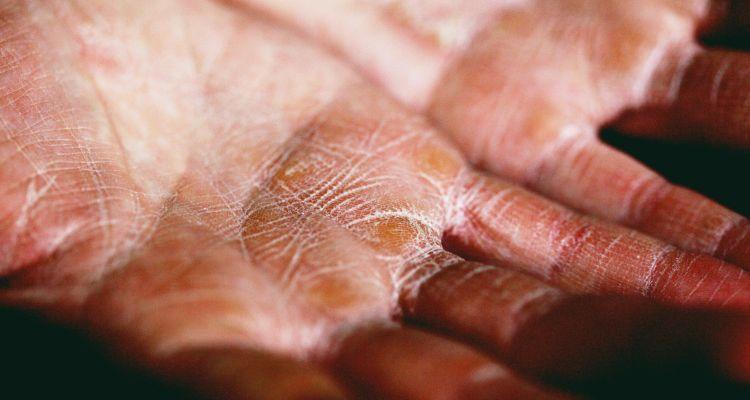
Dry skin - What helps against it?
Go to Dry skin
Witch hazel - varieties, cutting, effect, & products
Go to Witch Hazel
Recognise and treat coccygeal fistula
Go to Coccygeal fistula
Anal fistula - symptoms, causes & treatment
Go to Anal fistula
Labial tear - Symptoms, Causes & Treatment
Go to Labial tear
Intertrigo - Cause, symptoms and treatment of the skin wolf
Go to Intertrigo
Anal abscess: symptoms, recognition, causes & treatment
Go to Anal abscess
Chickenpox - symptoms, vaccination, infection and treatment | Hamelis
Go to Chickenpox
Seborrhoeic Eczema - Symptoms, Causes & Treatment
Go to Seborrhoeic eczema
Anal fissure - Symptoms. Causes & home remedies
Go to Anal fissure
Vaginal dryness - symptoms, causes & treatment
Go to Vaginal dryness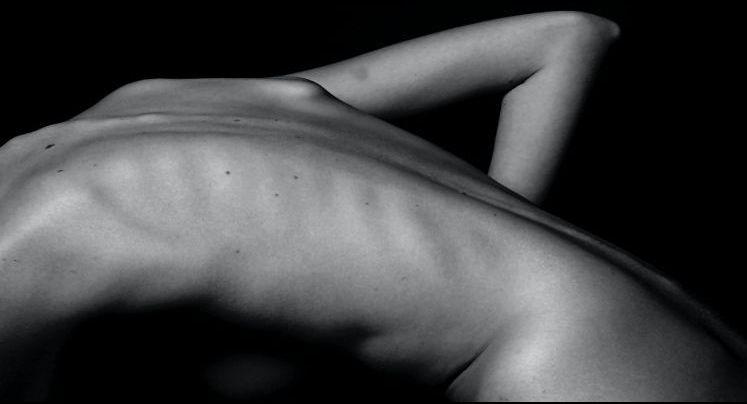
Hives - Cause, symptoms and treatment
Go to Hives
Hamelis experts
Go to Experts
Rose lichen - symptoms, causes and treatment
Go to Rose lichen
Scars - treatment and removal
Go to Scar
Ringworm: Symptoms, Causes & Treatment
Go to Ringworm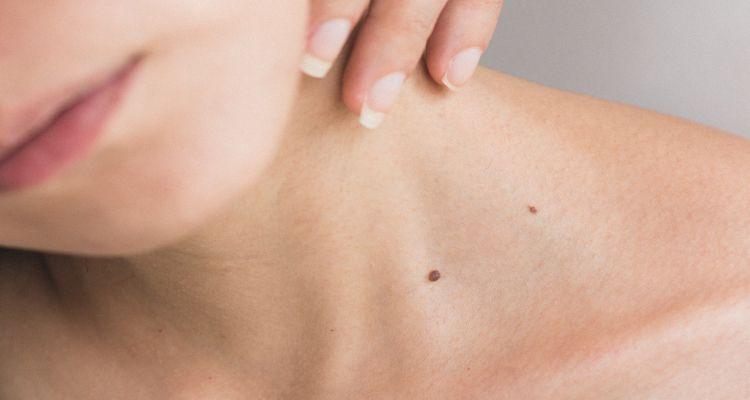
Scabies - symptoms, cause and treatment
Go to Scabies
Treat anal eczema sustainably
Go to Anal eczema
Eczema - symptoms, causes and treatment
Go to Eczema
Contact allergy - symptoms and treatment
Go to Contact allergy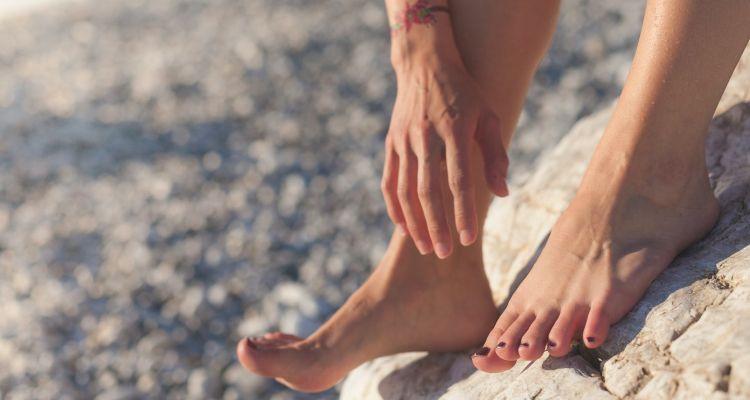
Treat stubborn nail fungus
Go to Nail fungus
Crabs - Intimate area, symptoms & treatment
Go to Crabs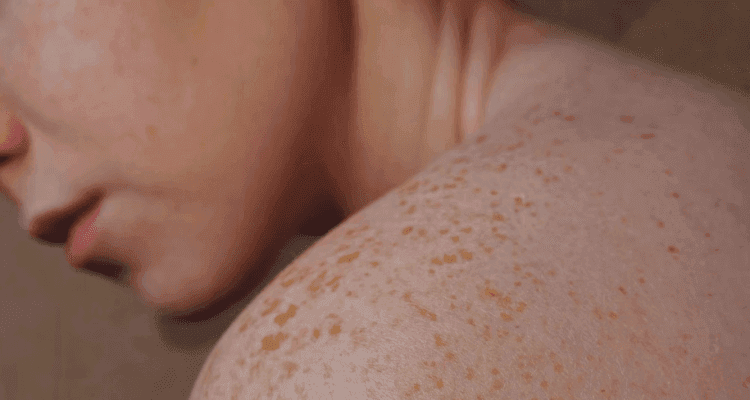
Pruritus - Causes, symptoms and treatment
Go to Pruritus
Rosacea on the face - symptoms, causes and treatment
Go to Rosacea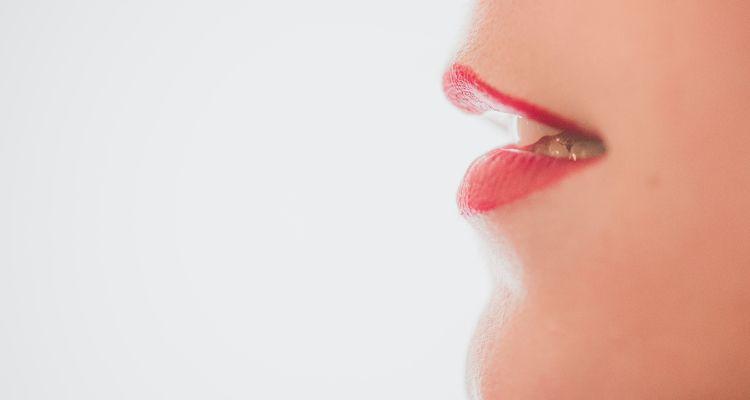
Perioral dermatitis - symptoms, treatment & home remedies
Go to Perioral dermatitis
Skin fungus - cause, symptoms and treatment
Go to Skin fungus
Perineal tear - origin, degrees & causes
Go to Perineal laceration
Anal prolapse: symptoms, causes, treatment
Go to Anal prolapse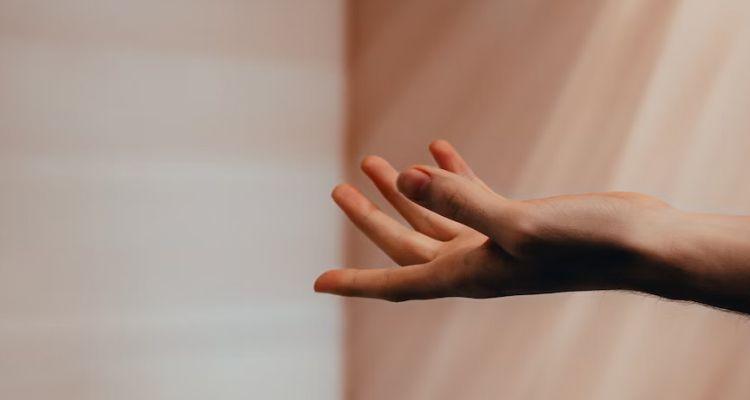
Skin rash - causes and treatment
Go to Skin rash
Genital herpes - woman, man & symptoms
Go to Genital herpes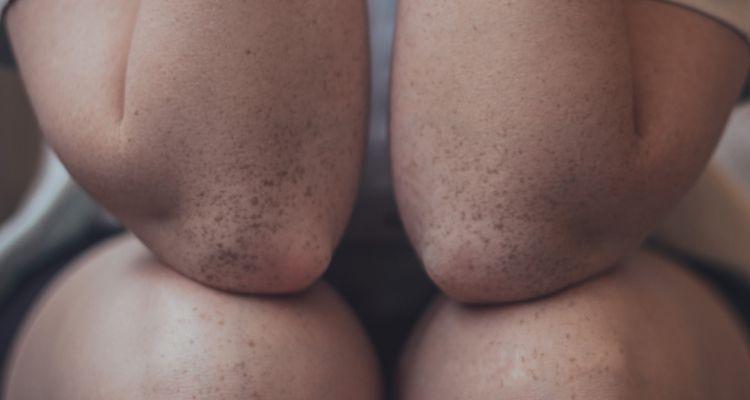
Atopic dermatitis in children, adults and pets
Go to Atopic dermatitis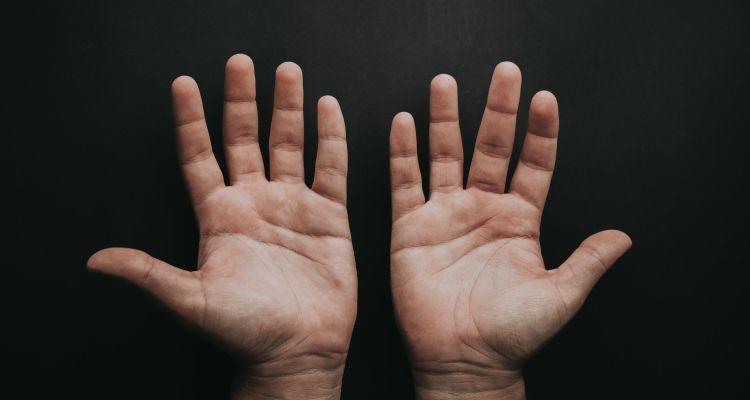
Angioedema - symptoms, causes and therapy
Go to Angioedema
Nappy dermatitis - cause and treatment of sore baby bottom
Go to Diaper rash
